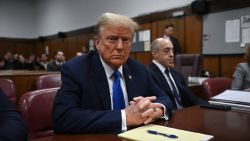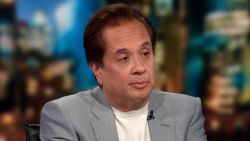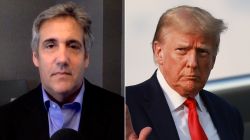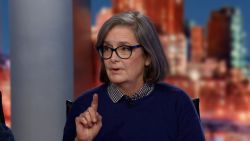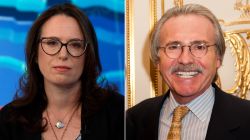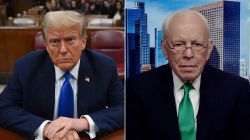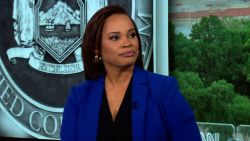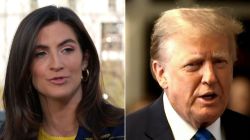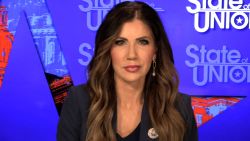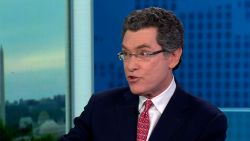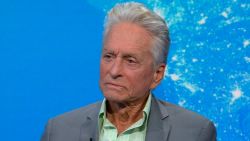The Pentagon moved about 1,600 active-duty troops to the Washington area as the military is playing an increasing role in responding to protests in the nation’s capital.
Pentagon chief spokesman Johnathan Hoffman said in a statement that the troops were sent from Fort Bragg in North Carolina and Fort Drum in New York. No active-duty forces have been deployed in Washington to respond to the protests, which have gone on for five consecutive nights in response to the death of George Floyd, a 46-year-old black man, in the custody of Minneapolis police officers.
“Active duty elements are postured on military bases in the National Capitol Region but are not in Washington, D.C.,” Hoffman said in a statement. “They are on heightened alert status but remain under Title X authority and are not participating in defense support to civil authority operations.”
The announcement came after Democratic governors in Virginia, New York, Pennsylvania and Delaware turned down requests from Defense Secretary Mark Esper to offer National Guard troops to help with security in Washington, DC. Approximately 3,600 National Guard troops – 1,300 from Washington and 2,300 from other states – are currently in the capital, with 1,300 more guardsmen expected to arrive in the coming days, a US defense official told CNN.
In some instances, the Defense Department was counting on troop support from those states before the governors intervened.
“I can confirm that personnel from the NY National Guard were expected to move to DC last night, but permission was withdrawn by the governor,” Lt. Col. Chris Mitchell, a Pentagon spokesman, said Tuesday morning.
During his daily press briefing, New York Gov. Andrew Cuomo said that New York’s National Guard was completely focused on the state.
“I don’t know what requests they’ve gotten, but I can tell you this, I wouldn’t grant any request to send National Guard out of the state at this time because I want them in this state in case we need them,” Cuomo said.
Another Pentagon official told CNN that support was expected from Delaware as well, but troops were diverted to Wilmington.
Democratic Gov. John Carney’s office confirmed to CNN that it received a request for troop help but decided against it because of the needs in Delaware, but also said the President’s posture played a role in the decision.
“Frankly the rhetoric out of the White House seemed like it had the potential to provoke additional unrest. For those reasons, the governor was not comfortable with members of the Delaware Guard assisting in the response. Delaware is not sending members of the Guard to Washington at this time,” said Jonathan Starkey, Carney’s deputy chief of staff.
In Virginia, an official with a direct knowledge of the deliberations said Gov. Ralph Northam, a Democrat, made the decision not to send troops after consulting with Washington, DC, Mayor Muriel Bowser and her office. Bowser’s team told Virginia officials that they had not requested any additional assistance. On CNN’s “New Day” Tuesday morning, Bowser confirmed her office had nothing to do with any request for help.
“We didn’t request any assistance, DC police did not request any assistance from our neighbors,” Bowser said. “And we do have throughout the national capital region arrangements to assist each other if we – if there is ever a mass event that requires additional policing. We haven’t taken the step of requesting that assistance from around our region. And we haven’t requested assistance from other states.”
In addition to being concerned about needing the troops in his own state to deal with violence in Virginia cities, Northam was also concerned about contributing to the response in Washington after President Donald Trump’s call with governors on Monday, in which he lambasted them over what he said were insufficient responses to unrest in the wake of George Floyd’s death.
“When it became clear that our troops would be under the command of the attorney general and not Mayor Bowser, we decided that it was not in our best interest to take part,” the Virginia government official said. “The call with governors made it clear that the President was interested in escalating the situation and the governor did not think that was responsible.”
Pennsylvania state officials also confirmed that they, too, turned down the request out of concern for the need of troops to deal with issues in their state.
“Pennsylvania did receive this request. The National Guard currently has significant resources deployed across Pennsylvania. Their current priority is assisting commonwealth municipalities in their response to de-escalate violence and keep our communities safe,” said Lyndsay Kensinger, a spokeswoman for Pennsylvania Gov. Tom Wolf.
On Monday, Trump intensified his rhetoric about using military forces to “dominate” protesters and wished aloud there was an “occupying force” in cities across America during a call with governors where he urged a tougher response to protests. Later, law enforcement officers fired what appeared to eyewitness accounts to be rubber bullets at a peaceful crowd outside the White House and smoke filled the air. A spokesman for the Pentagon told CNN Tuesday the National Guard did not fire tear gas or rubber bullets.
A group comprised of service members who hold civilian jobs and train part-time, the National Guard are usually deployed in their home states by governors or the federal government who decide the length of each mission. They can perform law enforcement actions when under the command of state governors unlike the active military, which is forbidden by law from doing so unless the President invokes the Insurrection Act.
This story has been updated with the Pentagon moving active-duty troops to the Washington region.






